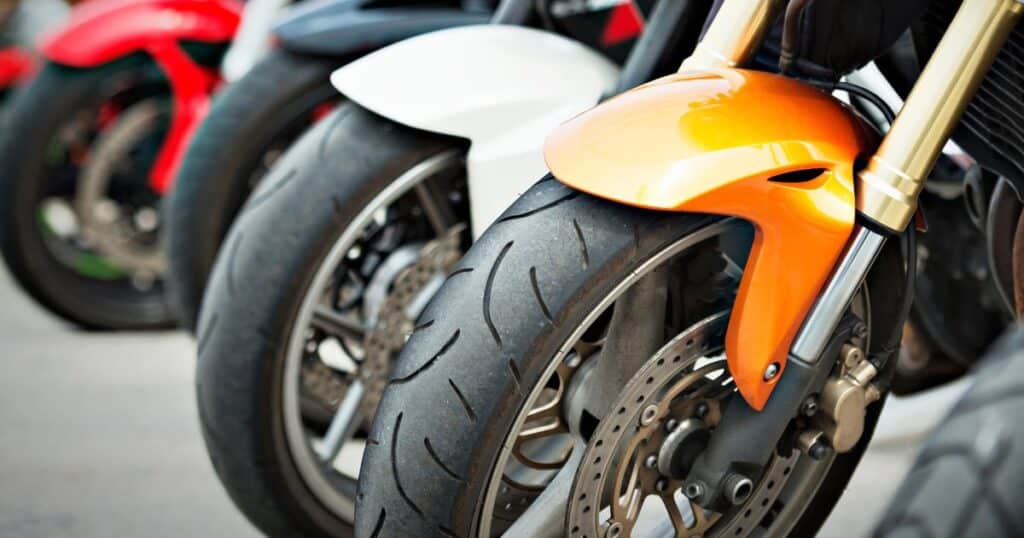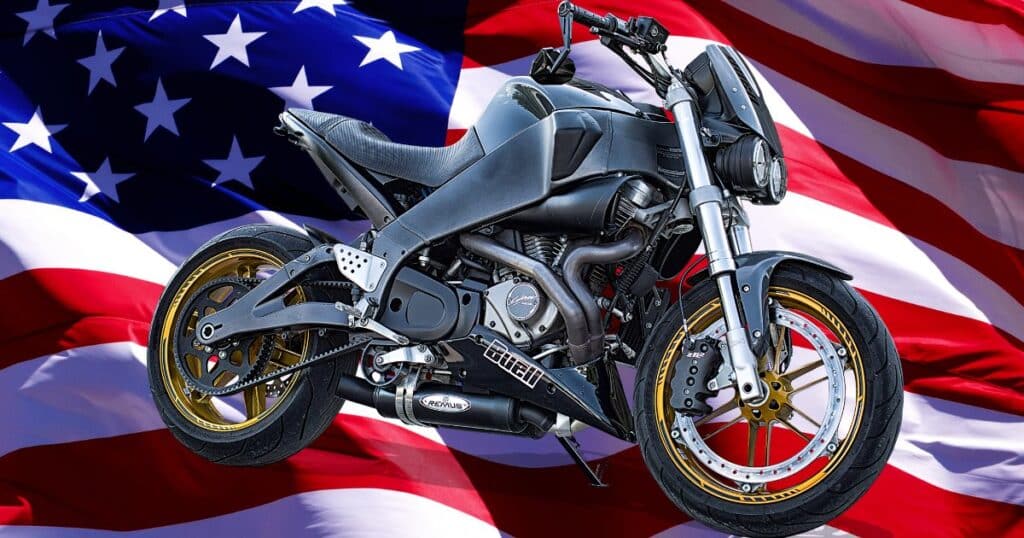For motorcycle enthusiasts and importers in the U.S., the ride just got bumpier. A 25% tariff on motorcycles and related parts has quietly reshaped the entire motorcycle import industry. Behind the headlines, dealers, collectors, and shippers are adjusting to a more expensive, more complicated market.
This isn’t just a short-term policy shift—it’s part of a deeper change in how motorcycles are sourced, sold, and shipped. If you’re thinking about buying, restoring, or importing a motorcycle, this update from AA Motorcycle Shipping can help you understand what’s going on and what it means for your next move.
The Backstory: Why Was the Tariff Introduced?
The tariff traces back to trade tensions between the U.S. and the European Union. Originally, it was part of a broader dispute over aircraft subsidies, but motorcycles—specifically those over 500cc—ended up in the crossfire.
The tariff applies to motorcycles and related parts imported from specific countries, especially in Europe. Many popular models from brands like KTM, Ducati, and BMW are now subject to these higher duties. This has led to increased costs across the board—for manufacturers, for dealers, and most importantly, for consumers.
What’s the Real-World Impact?
The most immediate impact is obvious: prices have gone up. Imported motorcycles, especially new models from European brands, are now 25% more expensive before even factoring in shipping, registration, or taxes.
But the effect goes beyond sticker shock. Inventory availability has become less predictable, as some dealers hesitate to order international models in bulk. Some buyers are even putting off purchases, waiting to see if the tariffs will be reversed.
Scenario: A dealer in Florida recently scaled back on ordering European motorcycles. Instead, they’re focusing on domestic and Asian brands with fewer import restrictions, simply to keep showroom prices competitive.
How It Affects Motorcycle Shipping
At AA Motorcycle Shipping, we’ve noticed more clients rethinking their buying decisions based on total landed cost. That includes the motorcycle’s base price, the tariff, and the shipping and handling fees. Many buyers who once relied on European imports are now exploring domestic purchases instead—and using cross-country shipping instead of international freight.
For others, especially collectors or vintage bike fans, overseas sourcing is unavoidable. In these cases, it’s all about planning ahead, understanding the new cost structure, and minimizing surprises at customs.
Parts and Accessories: An Overlooked Cost
It’s not just whole bikes—motorcycle parts and components are also subject to the 25% tariff. For DIY builders and small repair shops, this has turned simple restoration projects into pricey undertakings.
Even routine maintenance can now cost more, especially if your ride relies on OEM parts from Europe. Air filters, brake systems, even cosmetic trim pieces have all jumped in price due to import taxes.
Suggestion: If you’re working on a long-term restoration, consider ordering parts in bulk or finding U.S.-based aftermarket alternatives where possible.
Will Prices Keep Rising?
That depends on whether the tariffs stay in place. So far, there’s been little movement toward reversing them, and no clear timeline for resolution. While some manufacturers are lobbying for exemptions, the reality is that most of the price increases are here to stay for now.
In response, some brands are shifting production to countries not impacted by the tariff. But that transition takes time, and buyers shouldn’t expect significant price drops anytime soon.
Pro Tip: If you’ve been eyeing a specific imported model, and the budget allows, locking in your purchase sooner may be smarter than waiting.
Domestic vs. Imported: A Shift in Buying Behavior
The tariff has indirectly boosted the demand for U.S.-made motorcycles and those from non-tariffed countries like Japan and certain Asian manufacturers. For consumers who were previously loyal to European bikes, it’s becoming a cost-benefit decision.
That’s not to say imported bikes aren’t worth it—they often offer performance and engineering that can’t be replicated domestically. But for many, the total ownership cost has become harder to justify.
How AA Motorcycle Shipping Can Help
Tariffs are just one part of the puzzle when shipping motorcycles. AA Motorcycle Shipping helps clients navigate the entire process—whether they’re transporting a bike across state lines or bringing one in from overseas.
Our experienced team ensures you’re not blindsided by hidden import duties, paperwork delays, or customs complications. We also offer advice on how to streamline costs, especially when multiple bikes or parts are involved in a single shipment.
Quick Tip: If you’re importing multiple motorcycles, consolidating them into one freight shipment can reduce your per-unit cost and make the tariff hit feel less painful.
Looking Ahead: What Buyers Should Watch For
As the industry adapts, new developments are likely. Some manufacturers may relocate production, new trade agreements could emerge, and digital marketplaces might offer creative workarounds for buyers and sellers alike.
Until then, being informed is your best defense. Whether you’re a casual rider or a serious collector, understanding the landscape can help you make better decisions and avoid unnecessary costs.
Final Thoughts
The 25% motorcycle tariff has already reshaped the U.S. import market—and it’s likely to continue doing so. For those who buy, sell, restore, or ship motorcycles, it’s no longer business as usual.
We are committed to helping you navigate these challenges. From domestic hauls to international shipments, we make sure your motorcycle gets where it needs to go—safely, legally, and as cost-effectively as possible.
Ready to ship your motorcycle?
Click here to get a fast, free quote from AA Motorcycle Shipping.


